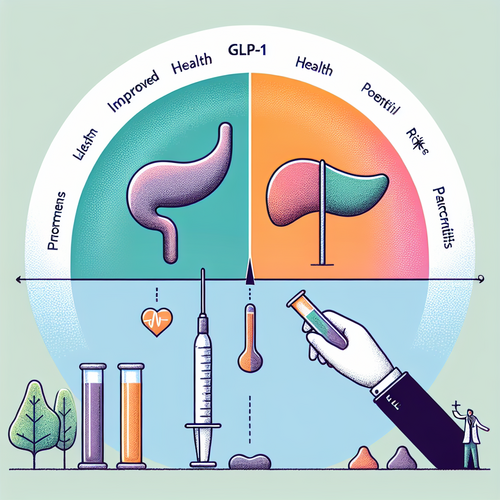The landscape of weight management has been dramatically reshaped in recent years by the advent of GLP-1 receptor agonists. Drugs like semaglutide, initially developed for diabetes, have shown remarkable efficacy in promoting significant weight loss, offering a glimmer of hope for millions struggling with obesity and its related health complications. Their popularity has surged globally, transforming not just clinical practice but also societal conversations around weight. However, as these powerful medications become more widespread, so too does the scrutiny on potential side effects. This heightened vigilance is crucial as we move beyond clinical trials into real-world usage across diverse populations. The recent announcement from the UK’s Medicines and Healthcarecare Products Regulatory Agency (MHRA) signals a critical phase of this post-market surveillance, highlighting concerns that warrant careful attention from patients, prescribers, and regulators alike.
At the heart of the MHRA’s investigation is an observed increase in reports of acute pancreatitis potentially linked to the use of these GLP-1 medications. Acute pancreatitis is a sudden inflammation of the pancreas, a vital organ that produces digestive enzymes and hormones like insulin. It can range in severity from mild discomfort to a life-threatening condition requiring intensive care. Symptoms often include severe upper abdominal pain that may radiate to the back, nausea, and vomiting. The MHRA’s “Yellow Card” scheme, a crucial system for collecting suspected adverse drug reactions from healthcare professionals and the public, has seen an “upturn” in reports mentioning GLP-1 medicines and acute pancreatitis. While the absolute number of cases must be considered in the context of the massive increase in prescriptions, the trend is significant enough – with hundreds of reports, many specifically noted in 2025 – to trigger a formal investigation into the association.
Pinpointing a definitive causal link between a medication and a rare adverse event in a large population is a complex scientific undertaking. The MHRA’s probe aims to delve deeper than mere correlation, seeking to understand if there is a direct mechanism by which GLP-1s could contribute to pancreatitis in some individuals. A key area of investigation mentioned is the potential for genetic vulnerability. Could certain people be predisposed to this side effect due to their genetic makeup? This line of inquiry underscores the growing recognition that drug responses are highly individualized. Furthermore, distinguishing between side effects directly caused by the drug, those related to rapid weight loss itself (which can sometimes affect gallstones, a known risk factor for pancreatitis), or those coincidental events in a large user base is challenging. The investigation will involve rigorous analysis of the reported cases, potentially looking at dosages, duration of use, patient characteristics, and concurrent medical conditions to build a clearer picture.
For individuals currently using or considering GLP-1 drugs for weight loss, this news naturally raises questions and concerns. It’s vital to remember that regulatory agencies continuously monitor drug safety, and investigations like this are part of the standard process to ensure the benefits of a medication continue to outweigh the risks for the majority of patients. While serious side effects like pancreatitis are rare, being informed is key. Patients experiencing severe, persistent abdominal pain while taking these medications should seek immediate medical attention. Healthcare providers play a crucial role in discussing potential risks alongside the significant benefits of GLP-1s, monitoring patients, and promptly reporting any suspected adverse reactions through systems like the Yellow Card scheme. Transparency from manufacturers and clear communication from health authorities are paramount in maintaining public trust.
The investigation into the potential link between GLP-1 drugs and pancreatitis serves as a potent reminder that even the most revolutionary medical advancements come with the need for ongoing scrutiny and learning. As these medications transform the treatment of obesity and potentially other conditions, our understanding of their long-term safety profile is still evolving. The MHRA’s proactive step highlights the importance of robust post-market surveillance systems and the collective responsibility of patients, clinicians, and regulators in identifying and addressing potential risks. The outcome of this investigation will be critical in further refining prescribing guidelines and ensuring these powerful tools are used as safely and effectively as possible, balancing the immense potential for improving health outcomes with the imperative to protect patient well-being.














